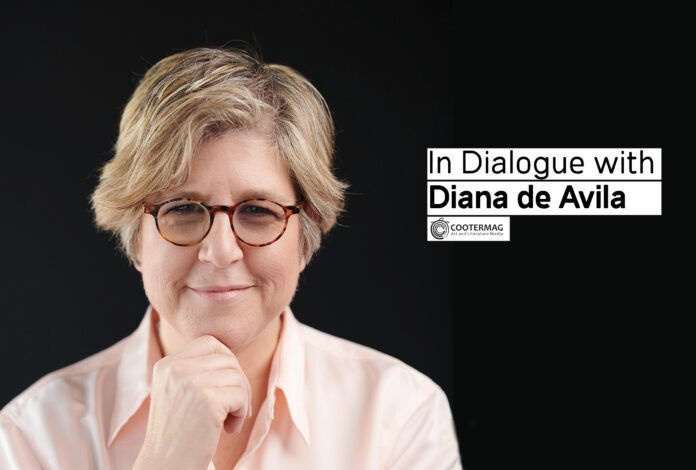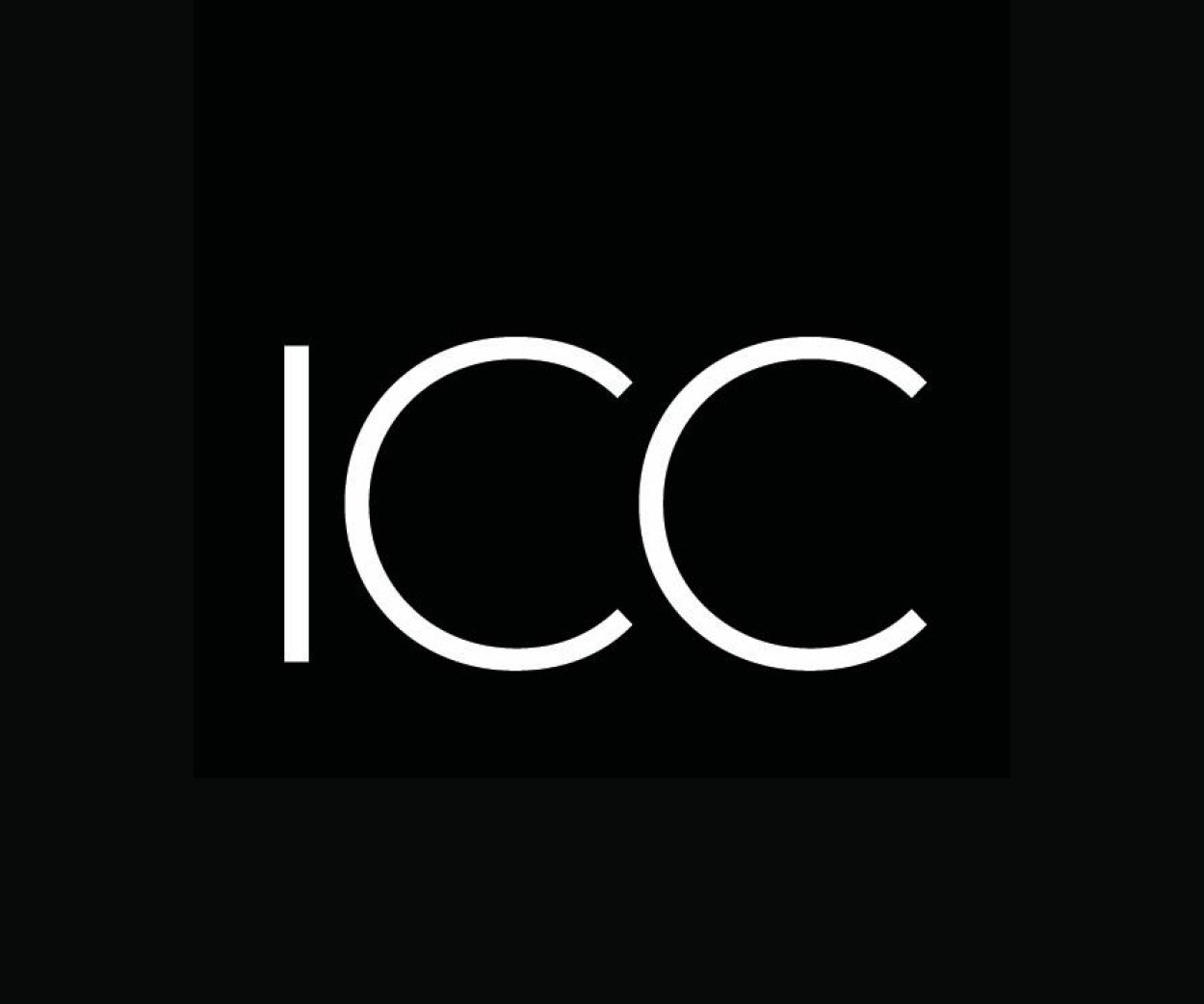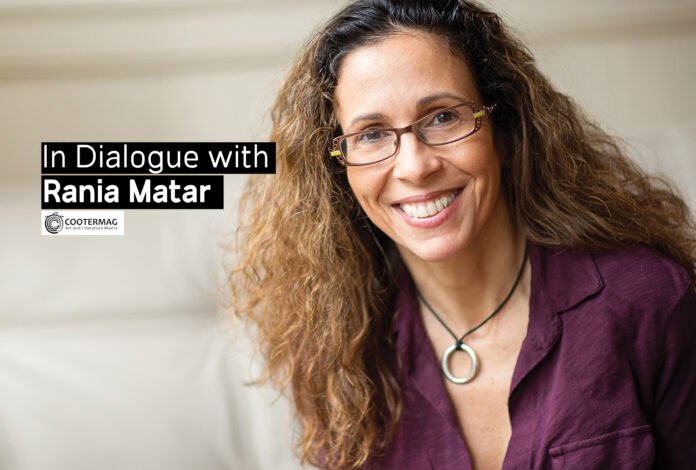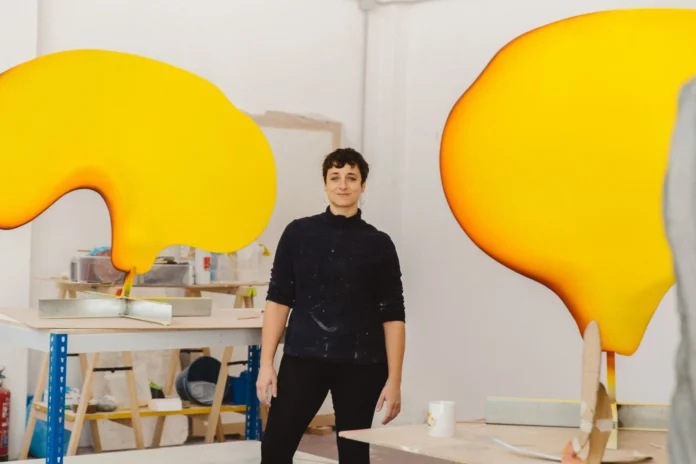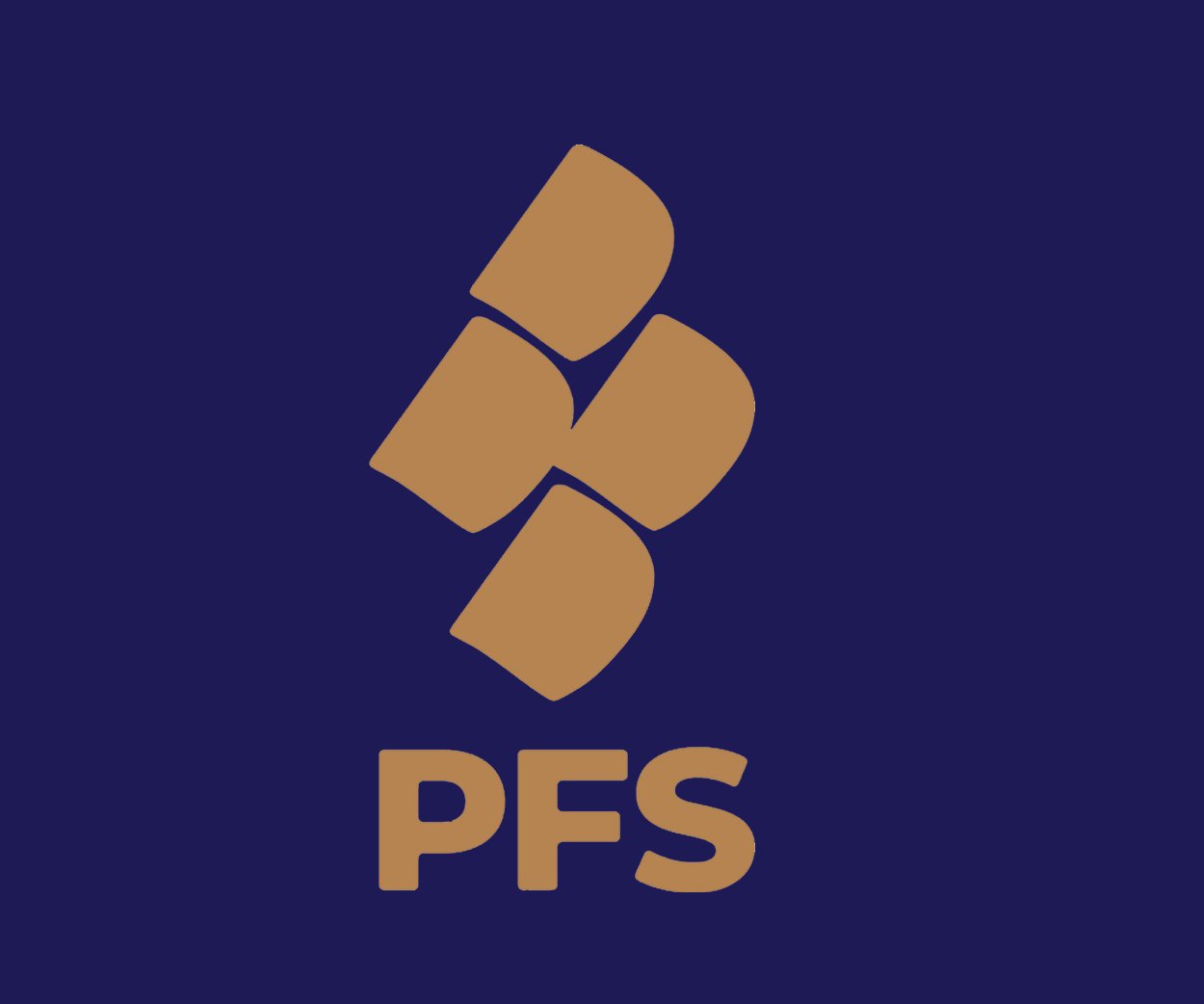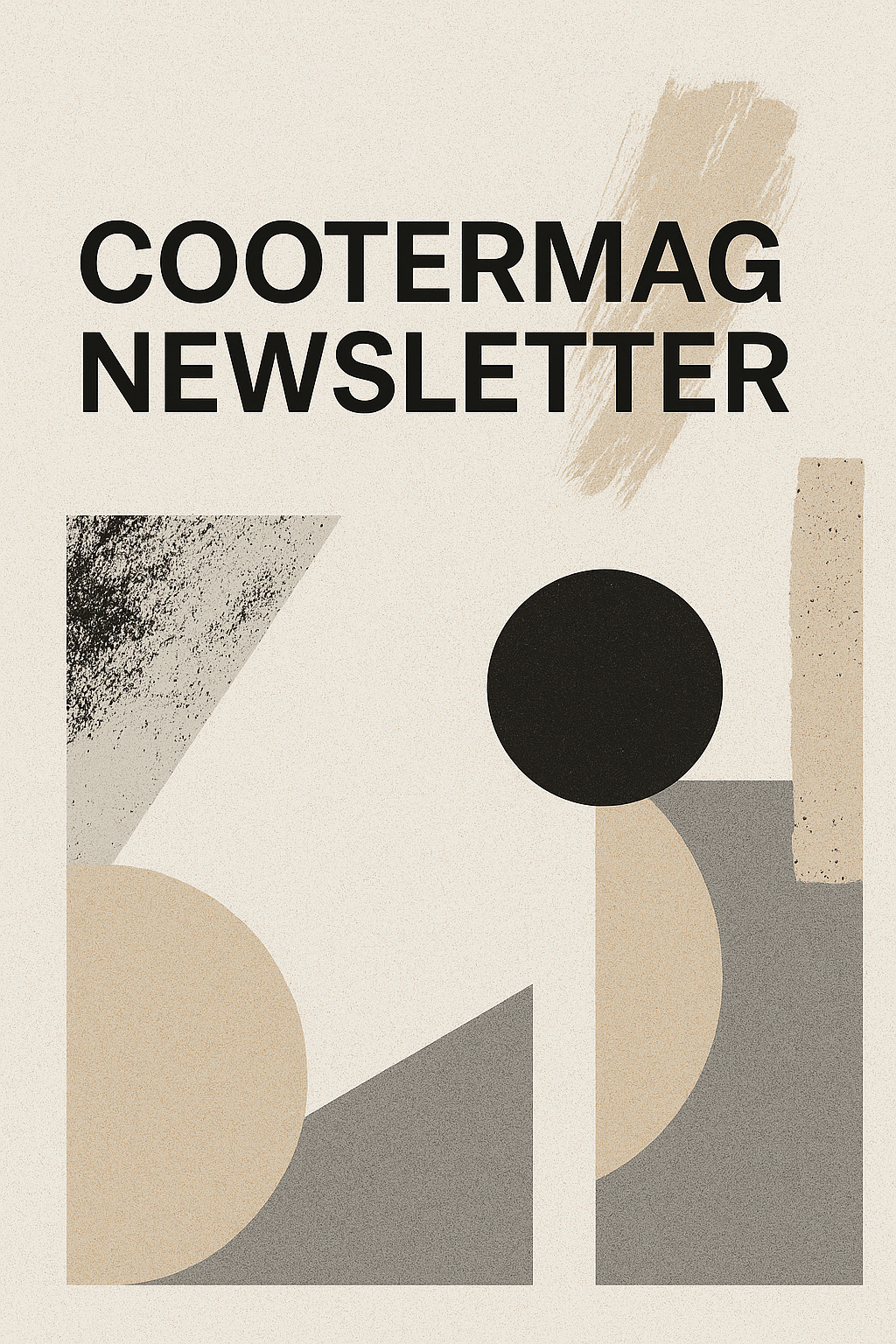Diana de Avila is a self-taught digital artist and neurodivergent polymath whose work bridges science, spirituality, and emotion. A former U.S. Army officer, her creative journey was unexpectedly sparked by a traumatic brain injury and the onset of acquired savant syndrome. Drawing on her unique cognitive experiences—including synesthesia—she creates intuitive, concept-driven digital works that explore identity, transformation, and inner resilience. With over 2,000 artworks and a presence in spaces like Reagan National Airport, Diana’s practice merges advanced technologies with deeply personal storytelling.
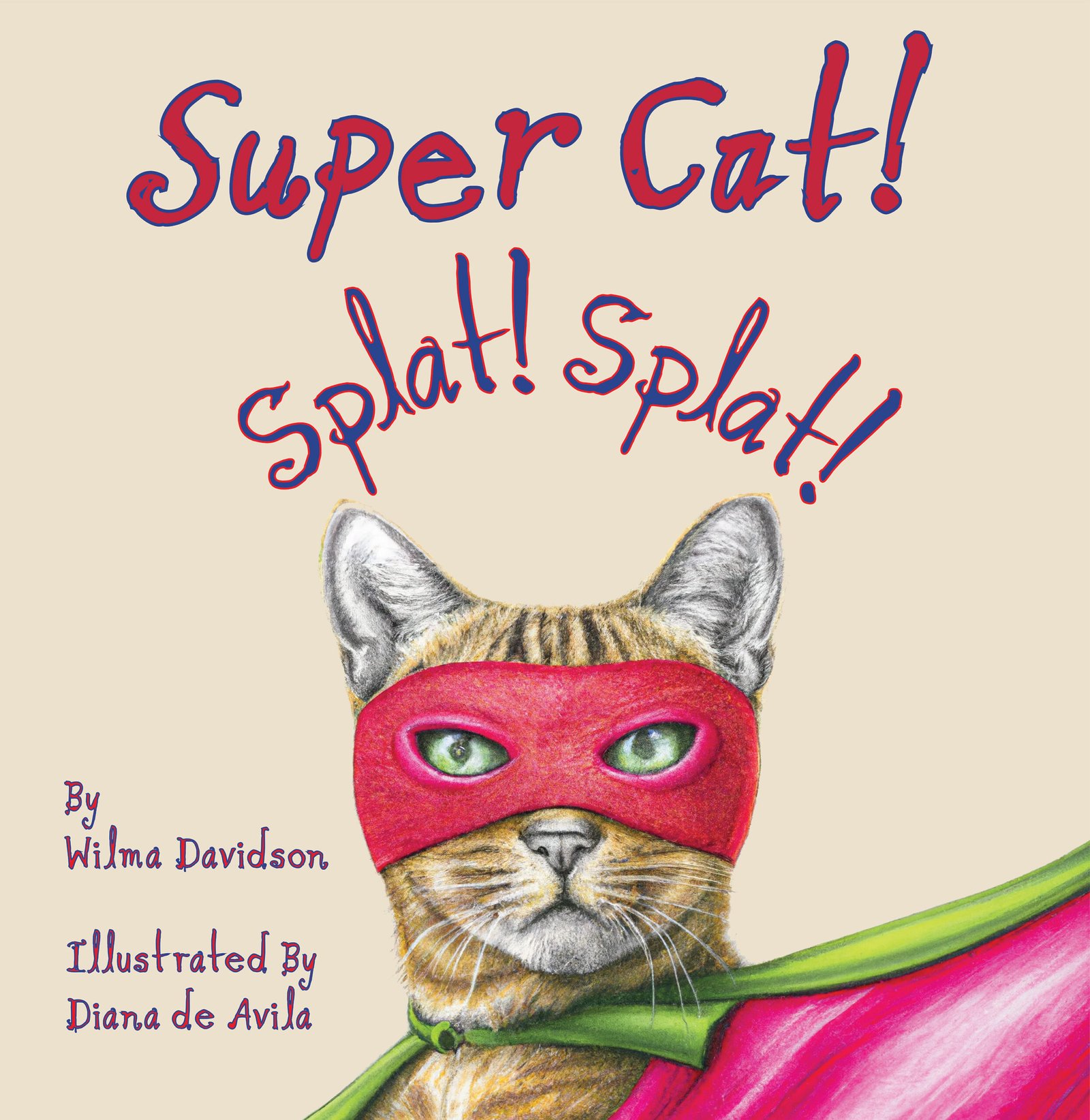
Could you please start by telling us a bit about your background as an artist and how you came to create a children’s book?
In 2017, I became an artist, literally, overnight! I was recovering from an exacerbation of Multiple Sclerosis and a traumatic brain injury suffered when serving in the U.S. Army. Upon returning home after a hospital stay, I suddenly—out of the blue—felt a compulsion to create art. I thought I would go crazy if I didn’t make the vision in my head visible to an audience. I tried easel and paints and discovered with my hand tremor that such tools could not reproduce what I was envisioning in my head.
The easel and brush were uncomfortable for me, a person who, up until that compulsive moment, had never cared about art, never taken an art lesson, and never had any interest in art. But I was comfortable with a computer, having held a position with a major Fortune 50 company as a programmer. I downloaded programs I knew nothing about and, wondrously, began creating! I learned through my research and connection with Dr. Darold Treffert, now deceased, the world-renown researcher in savantism, that I likely have savant syndrome and am an acquired savant—someone who suddenly comes upon a talent they never had before, be it music, art, mathematical computation. According to Treffert, a savant is a person who knows something they have never learned—and so it is that I have created ever since, using programs and algorithms that simply come to me.
Because the story of how I came to art was unique, a writer friend said I needed to tell my story. I replied that I didn’t have the words—and she responded, “But I do.” Thus began our collaboration on my memoir Soldier, Sister, Savant. It is the story of how I never gave up after my TBI and how I almost lost my life, how I devoted myself to God, and how grateful I am every day for my ability to create. It is a story of acceptance and gratitude. The book also shows my early art.
Because the story affected adults so positively, my writer friend, Wilma Davidson, and I decided it would be valuable—and fun—to write a book for children that would carry a similar message of hope, of never giving up when bad things happen, of accepting what life puts in your path and dealing with it. Thus was Super Cat! Splat! Splat! conceived. It is a book about how kindness and bravery can conquer fear.
Wilma wrote the words, and I provided the music—the illustrations that showed the emotions of those words. From our work together on my memoir, we realized how much we have in common. She understands (and shares) my compulsivity and we magically can read each other’s minds. Such matches, such collaborations, are rare.
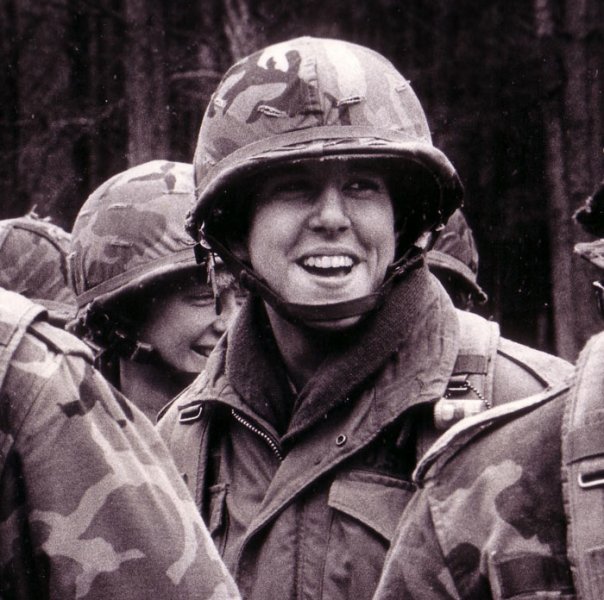
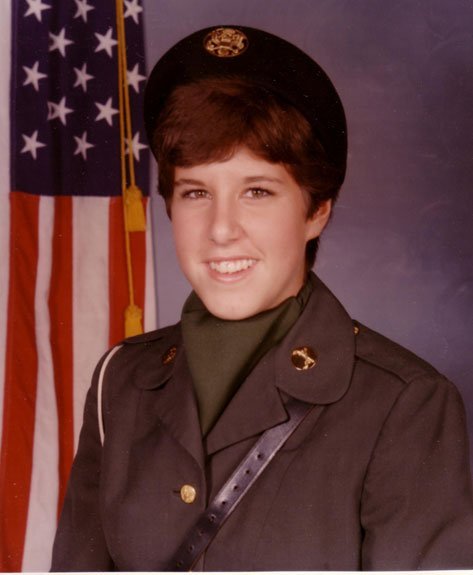
Is this your first published children’s book? What inspired you to create a book for children?
Yes, Super Cat! Splat! Splat! is our first children’s book. We have completed the second in this series—and have plans for a third. We are full of useful lessons of hope and wise advice to pass on. The reaction of adults to the memoir prompted us to want to share the message of that book to children who may have experienced bad things in their life and to show them that they are capable of overcoming anything; and that we are all special, that we are all worthy, even though we are not the same someone else!
Could you provide an overview of the narrative and its central character? Additionally, does the story convey a primary theme or message?
Super Cat! Splat! Splat! is an inspirational story of a pet cat and her journey to accept life’s challenges when unfortunate events occur. Readers and children being read to will discover that a positive attitude and kindness go a long way in making a life that’s not perfect more “purr-fect.” The story, illustrated by neuro-divergent Diana de Avila, details the strength of Super Cat Max (short for Maxine)—and shares how attitude, gumption, and bravery can trump life’s obstacles. The words and illustrations work together to get this message across.
The emergence of AI technologies has made new ideas possible; now did it affect your decision to make a book, or was the concept for the book part of a pre-existing plan?
Because I can’t draw a straight line myself, digital art has been my canvas and brush since 2017. The idea for the book came to Wilma and me because my life story—and my art–have been an inspiration to others. AI was there from the moment I felt the compulsion to create. We knew from the moment we wished to write to an audience of children about life’s messy path that the book would be illustrated digitally. Interestingly, just as with my art, we knew some would snub a book illustrated with the help of AI. What those people and publishers didn’t recognize is that it takes enormous effort to provide clear prompts that can evoke AI to produce meaningful and original illustrations that capture the essence sought. The digital artist commands the computer program just as the watercolor artist commands the canvas and brush to create the perfect picture. We are indeed grateful that Pegasus Publishing was forward-thinking!

How did AI play a role in the creation of your book? Did you collaborate with it along the way, did you get some ideas to start, or had it all planned at first and then used AI techniques to create the characters?
AI played a vital role in the creation of Super Cat! Splat! Splat! by helping us brainstorm character ideas and plot twists and create them with words. While it provided fresh perspectives, maintaining character consistency with Super Cat’s character was a challenge. I often had to refine AI’s output to match our tone and vision for the book. There were times when AI and I were not on the same page; we were not working well together, and it became frustrating.
Although I started with a general outline and Wilma’s draft, AI filled in creative gaps and offered surprising ideas, but I always made the final decisions. Ultimately, AI was a valuable tool, but I remained in control of shaping Super Cat’s world and story.
What was the most significant challenge you encountered while integrating AI into your artistic process? Were you able to achieve your desired outcomes with AI, or did you embrace some aspects of the process as serendipitous?
The most significant challenge when integrating AI into my artistic process, especially during the creation of Super Cat! Splat! Splat! was character consistency. In 2022, AI tools were still evolving, and working with them for character development required a lot of manual tweaking. Sometimes, the AI would generate something amazing, but it didn’t always align with the tone or style we were aiming for. Achieving a cohesive and consistent “Max” character was much more labor-intensive at that time and something that I really did not expect. The illustrations took about six months to complete.
Fast forward to our second book, and things have become significantly more refined. AI models are now much more capable and easier to work with, making the creative process smoother and less frustrating. Each illustration now integrates multiple AI tools, from generating detailed visual drafts to enhancing character expressions, allowing us to create more complex and polished artwork. While the process still requires my input, AI’s improvement has allowed me to focus more on creative direction rather than fixing inconsistencies.
Some aspects of the process were serendipitous, though. Even when the AI produced unexpected results, I often embraced those surprises, weaving them into the final work. In that sense, AI’s unpredictability added an extra layer of creativity to the process, which I’ve come to enjoy as part of the artistic journey. It’s been a lot of fun! Ironically, AI has helped make our characters all the more real!
How do you think AI will influence the future of children’s literature? Does the integration of AI contribute to an increase in the number of published books over time? Additionally, do you believe it fosters the introduction of more ideas and individuals into the field of children’s literature?
AI will have a profound influence on the future of children’s literature. It opens possibilities for more diverse storytelling, allowing creators to experiment with ideas, characters, and worlds that they may not have imagined otherwise. With AI tools becoming increasingly sophisticated, writers and illustrators can explore new creative directions more efficiently. This technology encourages a collaborative process where authors and illustrators can brainstorm with AI and use it throughout the creative journey if they choose to.
As AI tools become more accessible, we’ll witness a significant increase in the number of published children’s books using this technology. Generating content through AI and refining it with various tools—whether it’s writing, Photoshop, or alternative AI programs—will create a workflow that can vary greatly from artist to artist. That is one of the most beautiful aspects of incorporating AI into the creative process: it’s highly personal and flexible.
More people are now able to engage in the creative process in ways that suit their individual style, including those who might never have considered publishing before. This democratization of creative tools will undoubtedly amplify diverse voices, leading to a richer array of stories and ideas in the children’s literature space. It’s an exciting time to eagerly await how this evolution unfolds! Traditional illustration will continue to exist, while making legitimate room for digital artists as well.
Do you recommend collaborating with AI? Does it need to be limited, or do you believe we should be in control of it step by step?
Collaborating with AI can be incredibly valuable, but it does require a thoughtful approach. AI can bring fresh ideas, speed up processes, and even help us explore new creative directions that we might not have considered. However, it’s important to maintain control over the process step by step. AI should enhance our work, not take it over. Yes to the idea of AI-assisted art and no to full AI integration.
There’s a fine line between collaboration and reliance, and that’s where caution enters. While AI can be a great tool, the human touch is still essential—especially in something as personal and creative as storytelling. In the end, it’s about finding a balance. We should embrace AI for what it can do, but we also need to ensure that we remain the driving force behind the art we create.
Would you have considered collaborating with a professional illustrator for this book if it had been created in the pre-AI era, or do you believe you would still have chosen to illustrate it yourself?
As an acquired savant, my artistic journey has been both unique and deeply personal, and this played a pivotal role in my decision to illustrate Super Cat! Splat! Splat! myself. The process of creating the illustrations wasn’t just about the visuals—it was about tapping into my own creativity and giving life to the vision I had for the story. The chance to bring the characters and world to life was very important for me, especially because this story is essentially my own, told for children. Being able to use my newfound savant abilities to create the illustrations gave the project a deeper, more personal meaning.
If this book had been created before AI was available, I don’t think I would have worked with a professional illustrator. Instead, I would likely have used vector work or other traditional digital tools to keep full creative control. While AI helped me fine-tune the artwork, the core vision was always ours, and it was important for me to translate that vision directly onto the page. Illustrating this book was a crucial part of my artistic evolution, and I wouldn’t have wanted to hand that responsibility to anyone else. My hand in this project had a very special meaning beyond an illustration job, and it was another aspect of my savant evolution.
Lastly, what pieces of advice would you give to artists looking to experiment with AI in their work? Is there any concern about the copyright and AI using other artists’ artwork in their creation?
For artists looking to experiment with AI in their work, the biggest piece of advice is not to lose sight of your own creative control. AI can be an incredibly powerful tool, but it’s important not to rely on it to do everything. The human touch—your unique perspective and decision-making—will always be essential. Think of it as a collaboration between man and machine, with humans always steering the direction and making the ultimate creative choices.
While AI can help generate ideas, speed up the work process, or enhance outcomes, it’s important that you don’t expect it to replace your own creativity. You’re the one who brings the vision and heart to the project, and AI is there to assist, not take over.
Copyright legalities are important to keep on the radar. AI systems can sometimes pull from existing artwork to generate new creations, and the question of copyright and ownership is still a topic of debate. Stay up to date on the technology and legal issues surrounding it. Always be cautious about the source of your AI-generated art. A good rule of thumb is to make sure you’re adding your own creative input and moving further away from the raw AI output, ensuring the final piece is distinctly yours.
Connect with Diana de Avila:
https://www.dianadeavila.com/
Interviewed by Negin Ehtesabian Lichty

